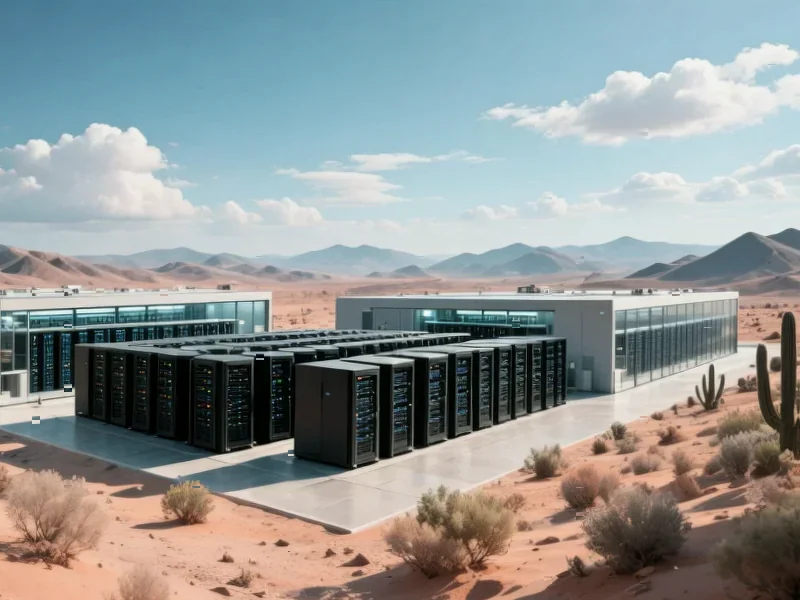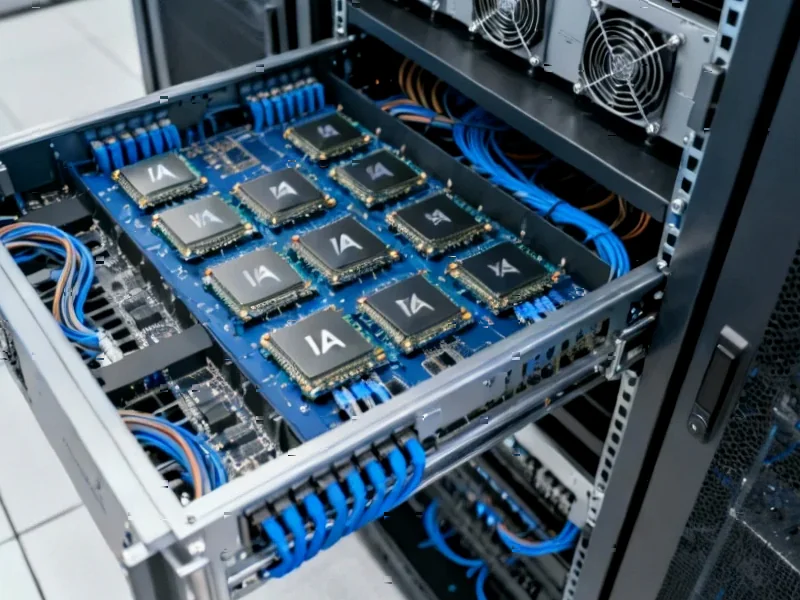According to CNBC, Saudi Aramco CEO Amin Nasser says the kingdom will leverage its “lowest cost” natural gas and renewable energy to become a global AI data center leader. Aramco plans to acquire a significant minority stake in Humain, Saudi Arabia’s national AI champion that launched in May, with the sovereign wealth fund PIF as majority owner. Humain CEO Tareq Amin aims to make Saudi Arabia the world’s third biggest AI player behind only the US and China. Nasser revealed data centers powering AI will consume almost four times the electricity of the global EV fleet by 2030, primarily fueled by gas. Aramco is targeting capital expenditures of $52-58 billion this year while boosting natural gas production more than 60% by 2030. The CEO also projected oil demand growth of 1.1-1.3 million barrels daily through 2026.
<h2 id="energy-advantage”>The Energy Math Makes Sense
Here’s the thing – Saudi Arabia isn’t wrong about their energy advantage. When you’ve got some of the world’s cheapest natural gas and endless sun for solar, running power-hungry AI data centers becomes way more economical. Nasser basically said it himself: “If you want renewable, you will find the lowest cost renewable. If you want gas, you will find the lowest cost gas.” That’s a real competitive edge when you’re talking about facilities that could soon consume more electricity than entire countries.
And they’re putting serious money behind this vision. Aramco’s planned investment in Humain isn’t pocket change – it’s part of a massive $52-58 billion capital spending program. They’re simultaneously boosting gas production dramatically while betting big on AI. It’s a classic “have your cake and eat it too” strategy – keep the oil money flowing while building the next economy.
Becoming Third in AI? Really?
Now let’s talk about that “third biggest AI player” ambition. That’s some serious confidence when you consider who they’d be leapfrogging. The UK? Europe? Japan? South Korea? All these countries have decades of tech infrastructure, top universities, and established startup ecosystems.
Sure, money talks. But can you really buy your way to AI supremacy? Building a national AI champion from scratch while competing against Silicon Valley’s decades of accumulated talent and China‘s massive state-backed programs seems… ambitious. Humain only launched in May, and they’re already aiming for the global podium. That’s either visionary thinking or pure hubris.
The Oil and Gas Reality Check
What’s fascinating here is the dual-track messaging. While talking up their AI future, Nasser simultaneously emphasized that oil and gas demand will keep growing for “decades to come.” He’s projecting steady demand growth of over a million barrels daily through 2026, driven by emerging economies.
So basically, they’re funding their AI ambitions with fossil fuel profits. It’s a clever hedge – use today’s oil money to build tomorrow’s energy-intensive tech infrastructure. But it also highlights the fundamental tension: can you truly become an AI leader while remaining dependent on the very industry that AI might eventually help phase out?
The plan makes economic sense on paper. But turning cheap energy into tech dominance requires more than just power and money. It needs talent, innovation ecosystems, and global trust. Saudi Arabia has the resources – now we’ll see if they can build the rest.




